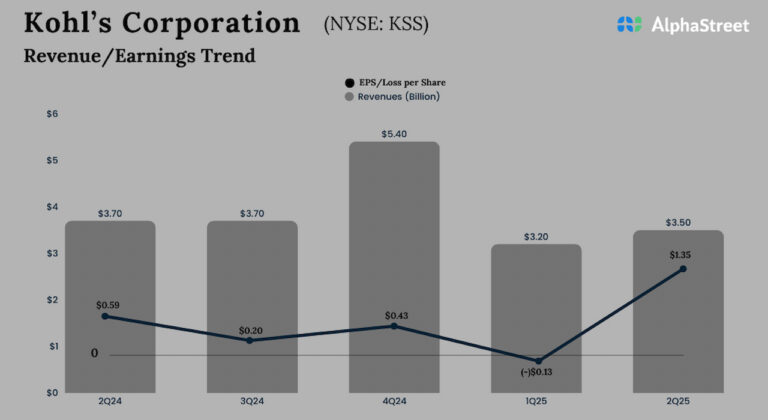[adrotate group="2"]
2024 has brought about a stable Goldilocks economy as the impacts of Covid gradually diminish.
As we approach the end of 2024, it’s been a relatively favorable year for economies globally, particularly in the US.
With Covid-related distortions subsiding, major economies are returning to a balanced “Goldilocks” scenario—neither overheating nor underperforming.
Labor markets have eased but remain generally robust.
This is particularly noticeable in the labor markets.
Over the past few years, labor markets have experienced extremes: significant unemployment spikes at the onset of Covid and then exceptionally tight markets as economies reopened, creating a worker shortage.
Following a period of heightened central bank interest rates, unemployment has increased over the last year in the US (dark blue line), Canada (red line), Sweden (light blue line), and the UK (green line). However, these rates are only comparable to those during the last economic expansion of the 2010s, indicating that labor markets are largely returning to normal, with only slight tightness.

Inflation is approaching 2% targets worldwide.
The softening labor markets have also contributed to stabilizing inflation levels.
Initially, the pandemic led to rising inflation due to supply chain interruptions, which increased prices for goods, energy, and food. After reopening, labor shortages created wage inflation, which has required some time to normalize.
Now, with supply chains restored and wage growth stabilizing, headline inflation is hovering around the 2% mark in major economies.

Despite rising interest rates, GDP growth has been strong enough to prevent recession.
Central banks primarily utilized interest rate hikes to regain control of inflation.
In a somewhat unexpected turn, they successfully cooled economies enough to reduce inflation without triggering a recession (though it was a close call in some regions).
This is particularly accurate for the US, where unemployment stands at 4.2%, inflation at 2.3%, and we are on track for nearly 3% real GDP growth. This positions the US for one of the strongest growth rates among advanced economies.

As interest rates decrease in 2025, economic growth is expected to rise.
With inflation back under control, the major central banks are now focusing on stimulating economic growth by lowering rates this year.
The Bank of Canada and Sweden’s Riksbank have each reduced rates by 125 basis points thus far. The Federal Reserve and European Central Bank have cut their rates by 75 basis points, with further reductions anticipated this month, while the Bank of England has decreased its rates by 50 basis points.
Further cuts are also projected for next year.

These interest rate cuts should encourage growth in 2025 by lowering borrowing costs for consumers and businesses, enhancing economic demand. Consequently, many predict stronger economic activity in 2025 compared to 2024.
As economies expand and consumer spending increases, companies’ revenues are likely to rise, positively impacting markets.
The information provided is for informational and educational purposes only and should not be construed as investment advice for any specific security or overall investment strategy. Neither Nasdaq, Inc. nor its affiliates endorse any specific buy or sell recommendations, nor do they represent the financial status of any entity. Statements regarding companies listed on Nasdaq or proprietary indexes are not guarantees of future performance. Actual outcomes may vary significantly from projections. Past performance should not be considered indicative of future results. Investors are advised to conduct their own research and evaluate companies thoroughly before investing. Professional securities advice is strongly recommended. © 2024. Nasdaq, Inc. All Rights Reserved.





